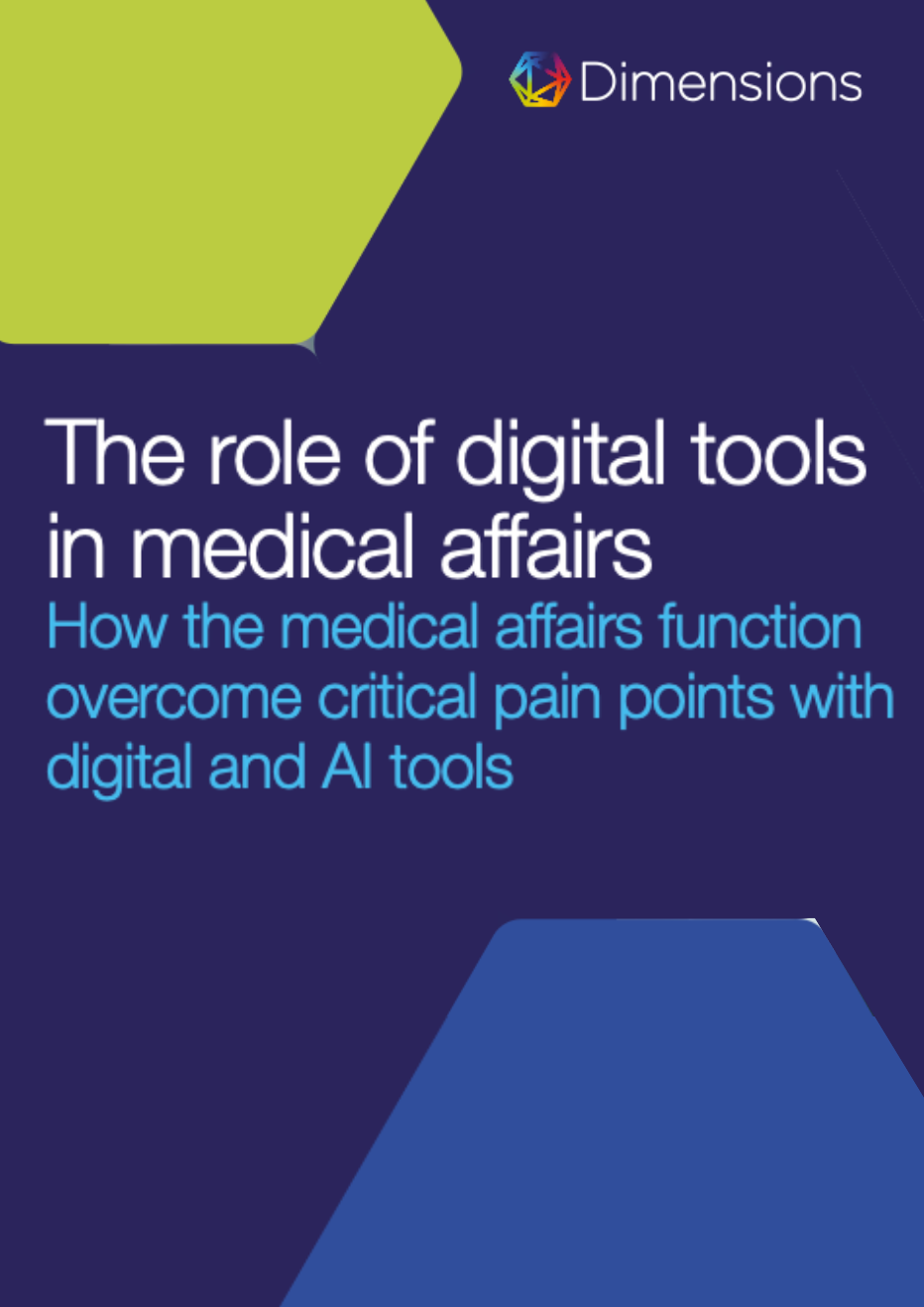The Role of Digital Tools in Medical Affairs
How the medical affairs function overcomes critical pain points with digital and AI tools
As digital technology has fastly grown, so has the role of medical affairs, a trend that will continue in the future. Medical affairs professionals are no longer solely responsible for medical accuracy, but are now driving overall medical strategy and need as much support as possible to carry out these activities efficiently and effectively.
Discover why efficiently assigned resources and new technologies are pivotal to the success of medical affairs teams.
Video Title Lorem ipsum dolor sit amet.
AI & Global Labeling: How Next-Gen Tools Are Streamlining Structured Component Authoring Effectively and Compliantly
Outside of the physical drug product itself, global labeling plays the most fundamental role in helping pharmaceutical companies deliver safe and effective therapies to the population. But the process behind global labeling—the authoring, editing, collaborating, translating, and publishing of drug labels—is both incredibly complex and time-consuming. This guide explores how AI-powered tools are helping teams simplify and accelerate their in-house authoring workflows, without sacrificing compliance. It also explains how, by using such tools, companies can transform not just the way they work but also the entire “last mile” of the drug development lifecycle.
AI & Global Labeling: How Next-Gen Tools Are Streamlining Structured Component Authoring Effectively and Compliantly
Outside of the physical drug product itself, global labeling plays the most fundamental role in helping pharmaceutical companies deliver safe and effective therapies to the population. But the process behind global labeling—the authoring, editing, collaborating, translating, and publishing of drug labels—is both incredibly complex and time-consuming. This guide explores how AI-powered tools are helping teams simplify and accelerate their in-house authoring workflows, without sacrificing compliance. It also explains how, by using such tools, companies can transform not just the way they work but also the entire “last mile” of the drug development lifecycle.

